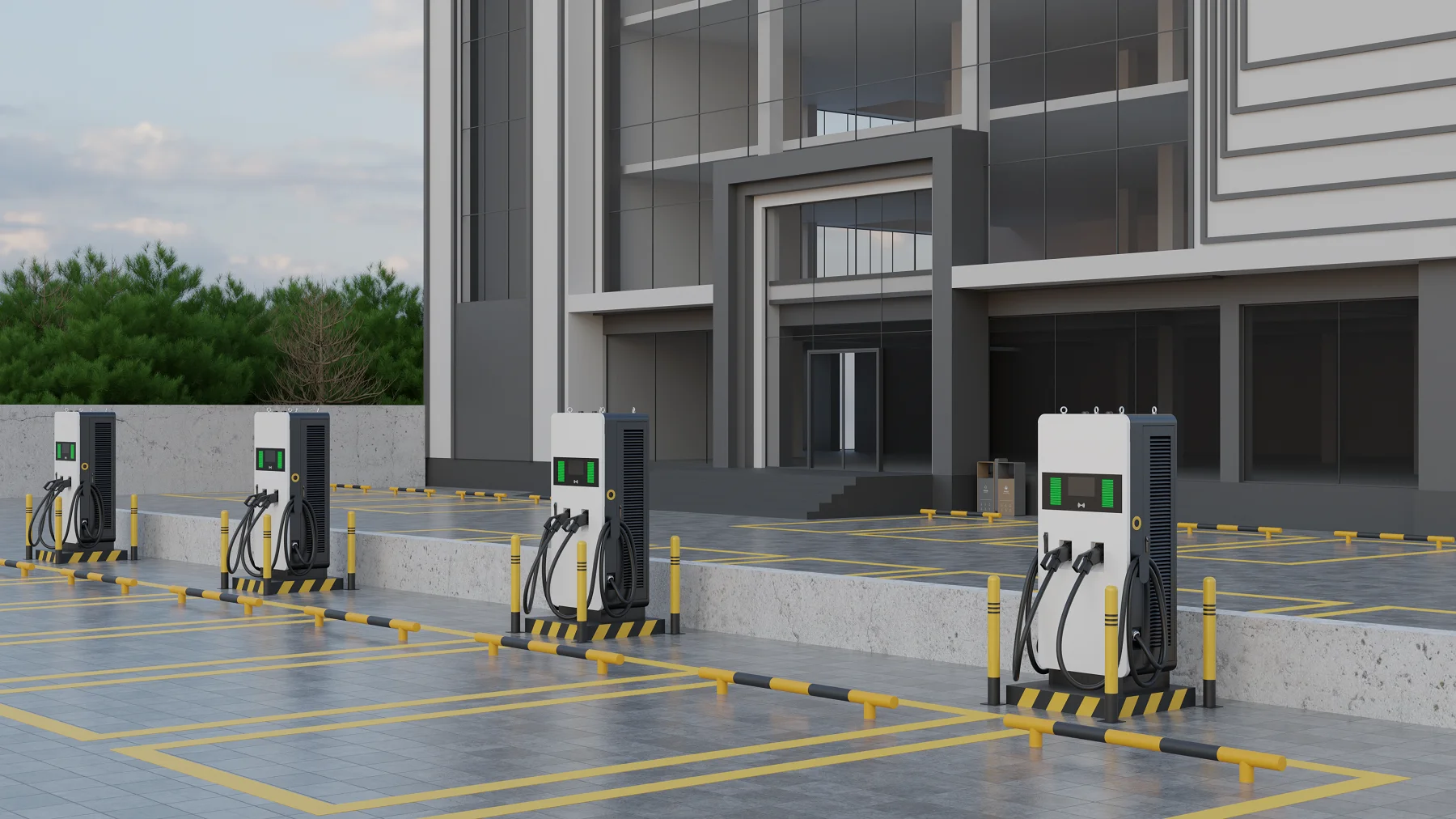
Vehicle-to-Grid (V2G): The Future of EV Charging and a Smarter Energy Grid
Vehicle-to-Grid technology is redefining the role of electric vehicles, turning them into dynamic energy assets that benefit drivers, utilities, and the planet.

Electric vehicles (EVs) have revolutionized the automotive industry, offering a cleaner and more sustainable alternative to gasoline-powered cars. However, one of the most critical factors influencing EV performance is battery weight. The mass of an EV’s battery directly impacts its range, efficiency, acceleration, and overall driving experience. As automakers strive to optimize EVs for both power and efficiency, understanding how battery weight affects vehicle dynamics becomes increasingly essential.
The Fundamental Role of Weight in EV Performance
Weight plays a crucial role in determining how an EV functions. A heavier vehicle demands more energy to move, which can significantly influence range and efficiency. Unlike traditional gasoline vehicles, where fuel is gradually consumed and weight decreases, EVs carry a constant battery load throughout operation. This distinction underscores why managing battery weight is a top priority in EV design.
A full gasoline tank may add around 50-100 kg to a conventional car, but as fuel burns, the vehicle becomes lighter, improving efficiency. In contrast, EV batteries can weigh several hundred kilograms, with no weight reduction during operation. This constant mass affects acceleration, braking, and energy consumption in ways that traditional vehicles do not experience.
Feature | EV Battery Pack | Traditional Fuel Tank |
|---|---|---|
Weight | Very heavy (hundreds of kg) | Lightweight (typically 40-80 kg) |
Energy Density | Lower (Wh/kg) | Higher (MJ/kg) |
Weight Change Over Time | Constant, regardless of charge | Decreases as fuel is consumed |
Impact on Vehicle Design | Requires reinforced chassis | Minimal structural impact |
Placement | Usually floor-mounted for stability | Typically rear or side-mounted |
Refueling/Recharging Time | Slower (30 min – several hours) | Fast (a few minutes) |
Efficiency | Higher (less energy lost as heat) | Lower (engine heat loss) |
Lifespan | 8-15 years, degrades over time | Generally long-lasting |
Recyclability | Complex, still improving | Well-established |
Larger batteries store more energy, enabling longer driving ranges. However, they also increase vehicle weight, leading to diminishing efficiency returns. Automakers must balance battery capacity and overall vehicle mass to ensure optimal range without sacrificing performance.
Physics dictates that moving a heavier object requires more energy. In EVs, additional battery weight means the vehicle must draw more power from the battery to maintain speed, reducing overall range. This is why lighter EVs generally have better efficiency per kilowatt-hour than heavier ones.
Energy density—the amount of energy stored per unit weight—determines how much power a battery can deliver without excessively increasing its weight. Advances in battery chemistry are pushing for higher energy density solutions to reduce weight while maintaining range.
Rolling resistance is the friction between tires and the road. Heavier EVs experience higher rolling resistance, which translates to additional energy loss. This subtle yet significant factor influences overall vehicle efficiency, making tire selection and pressure optimization crucial for mitigating its effects.
A heavier battery provides more stored energy but at the cost of agility. While EVs benefit from instant torque, excessive weight can hinder acceleration and make the vehicle less responsive, particularly in high-performance applications.
Proper weight distribution enhances stability, cornering, and braking efficiency. Many EV manufacturers position batteries low in the chassis to lower the center of gravity, improving handling despite added weight.
Electric motors deliver consistent torque, but heavier vehicles require more acceleration power. This demand can drain batteries faster, reducing range and increasing heat generation, which can further impact efficiency.
Lithium-ion technology remains the dominant choice for EVs due to its high energy density and rechargeability. However, its weight is a significant drawback, driving research into alternative chemistries.
Innovations such as silicon-anode and lithium-sulfur batteries aim to reduce weight while increasing capacity. These advancements could redefine EV efficiency and performance in the coming years.
To counterbalance battery weight, automakers increasingly use lightweight materials like carbon fiber and aluminum. These materials help maintain performance without compromising structural integrity.
Structural battery packs, where the battery itself becomes part of the vehicle’s frame, offer a promising solution. This approach reduces excess material weight while improving energy efficiency.
While weight affects range, aerodynamics plays an equally vital role. A well-designed EV can offset some of the range losses caused by weight through superior aerodynamics, reducing drag and optimizing airflow.
Manufacturers carefully balance aerodynamics and weight, using wind tunnel testing and computer simulations to create sleek, efficient designs that maximize range without excessive mass.
Regenerative braking allows EVs to recover some energy during deceleration. However, heavier vehicles generate more inertia, meaning they require stronger braking systems and may not recover as much energy as lighter counterparts.
Smooth acceleration, gradual braking, and maintaining consistent speeds can help mitigate the effects of battery weight on range. Drivers can optimize efficiency by adopting eco-friendly driving habits.
Solid-state batteries promise higher energy densities and reduced weight, potentially solving many of the weight-related issues in EVs. They also offer improved safety and faster charging times.
Next-generation materials, including graphene-based batteries and sodium-ion alternatives, could further enhance energy efficiency while significantly reducing weight.
Finding the right balance between battery weight, range, and power remains one of the biggest challenges in EV development. As battery technology advances and lightweight materials become more prevalent, the future of electric vehicles looks increasingly promising. Striking this equilibrium will define the next era of EV performance, paving the way for more efficient, powerful, and sustainable transportation solutions.

Vehicle-to-Grid technology is redefining the role of electric vehicles, turning them into dynamic energy assets that benefit drivers, utilities, and the planet.

At this ACT Expo, Joint Tech will unveil its latest advanced commercial Level 2 charging solution, designed to enhance the user experience. Meanwhile,powered by new technology, our commercial chargers effectively address multiple challenges encountered in real-world applications.

The new tariffs imposed by the United States have once again caused global economic tension.In order to respond to the impact on the global supply chain, Joint new factory in Malaysia offers favorable tax rates.